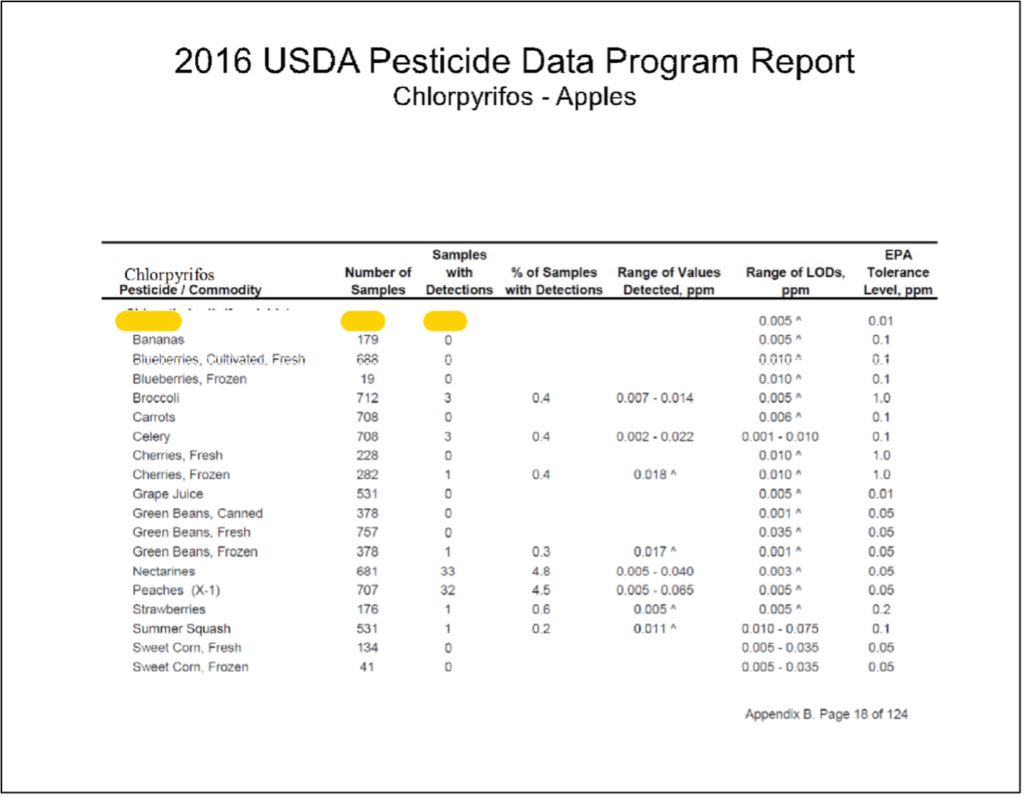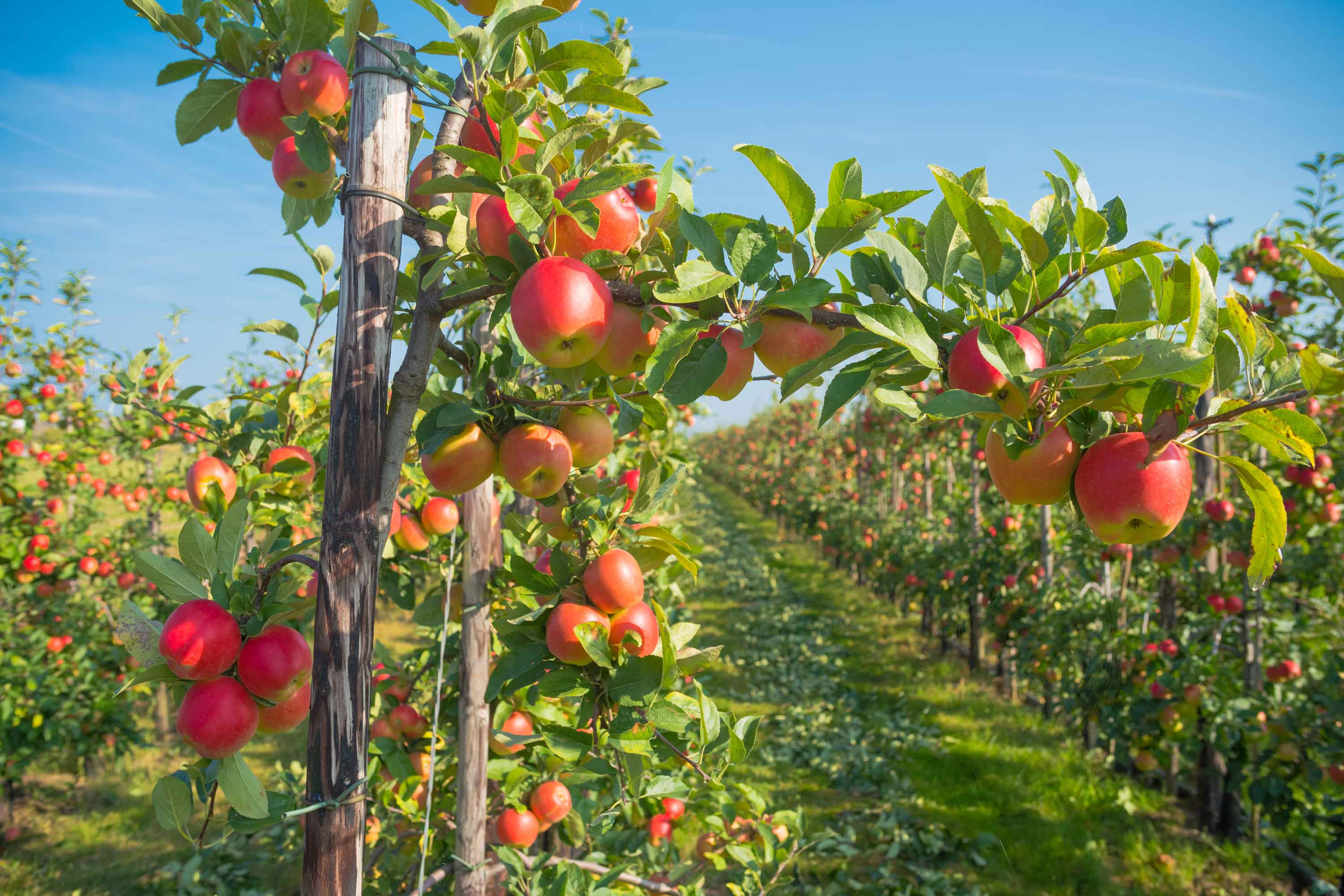What the Data Really Shows About Chlorpyrifos and Apple Safety
Regulatory Timeline and Legal Challenges
Several years ago, environmental groups petitioned EPA to revoke all tolerances for chlorpyrifos due to alleged impacts on drinking water and human health. The claims were largely based on a series of epidemiological studies that could not be substantiated or replicated, and were contradicted by actual monitoring data from sources such as the Washington State Department of Ecology.
In 2021, the EPA released a final rule which revoked all tolerances for chlorpyrifos and any applications of chlorpyrifos resulted in food being considered contaminated. This rule was challenged in the Eighth Circuit Court of Appeals, which issued a ruling vacating the rule in 2023.
The EPA is expected to release a new rule to revoke tolerances associated with all but 11 uses referenced by the court. The use of apples is one of the 11 and it is expected that this new rule may potentially have added restrictions including geographic location, rate of application, vulnerable populations, and restrictions regarding vulnerable species and their habitat.
Current Use in Apple Production
- Use of chlorpyrifos on apples is extremely limited. In 2000, EPA restricted use of chlorpyrifos on apples to pre-bloom and dormant application – and to one application per season.
- Chlorpyrifos can only be applied to apple, pear, and cherry trees once each year, and it must be applied before there is fruit on the tree – which significantly reduces the chance that any residue will transfer to the fruit.
- The latest data from USDA’s Pesticide Data Program (2016) which analyzes a wide variety of produce for pesticide residues found no samples of apples with detectable levels of chlorpyrifos. (See attached excerpt from the 2016 USDA Pesticide Data Program Report)
- Chlorpyrifos is used by tree-fruit growers as a part of their integrated pest management (IPM) plan to control San Jose Scale, Brown Marmorated Stink Bug, wooly apple aphids (a quarantine pest in certain Pacific Rim export markets), and other sucking and chewing insects that can do significant damage to fruit on the tree. IPM is a multi-faceted approach to controlling pests that focuses on prevention and only using insecticides when necessary.
- USApple has consistently supported a science-based regulatory approach to crop protection chemical registration. USApple is concerned that the loud volume of those calling for bans on the use of crop protection compounds may overrun the science-based evaluation called for by law under the Federal Insecticide, Fungicide and Rodenticide Act (FIFRA), and result in unintended negative consequences.
- Apple growers have widely adopted Integrated Pest Management (IPM) and Integrated Resistance Management (IRM) programs because of their lower impact on beneficial insects, as well as to better manage pesticide usage and reduce the development of pesticide resistance. USApple strongly urges the EPA to use a science-based regulatory approach as called for by Congress in the FIFRA.









